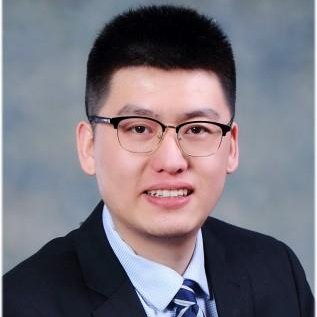Advanced Battery Materials-2021
A special issue of Materials (ISSN 1996-1944). This special issue belongs to the section "Energy Materials".
Deadline for manuscript submissions: closed (20 June 2022) | Viewed by 5053
Special Issue Editor
Interests: rechargeable batteries; nanomaterials; energy storage mechanisms
Special Issues, Collections and Topics in MDPI journals
Special Issue Information
Dear Colleagues,
Ever-increasing environmental problems and energy challenges have created urgent demand for utilizing green, efficient, and sustainable energy, thus promoting the development of advanced energy storage technologies. Among the various energy storage devices, Li/Na/K/Zn/Mg-ion and metal–air batteries have evoked a plethora of research owing to their attractive features, including high energy density, long life cycle, and good rate capability. The development of advanced battery systems relies heavily on advances in materials chemistry innovation. Understanding the controlled synthesis, reaction mechanisms, and structure–performance relationships of electrode materials is of great significance to boost battery research and has inspired this Special Issue. We cordially invite investigators to contribute original research articles or review articles that will stimulate further research activities in this area and improve our understanding of the key scientific and technological problems in advanced battery materials.
Prof. Dr. Yongchang Liu
Guest Editor
Manuscript Submission Information
Manuscripts should be submitted online at www.mdpi.com by registering and logging in to this website. Once you are registered, click here to go to the submission form. Manuscripts can be submitted until the deadline. All submissions that pass pre-check are peer-reviewed. Accepted papers will be published continuously in the journal (as soon as accepted) and will be listed together on the special issue website. Research articles, review articles as well as short communications are invited. For planned papers, a title and short abstract (about 100 words) can be sent to the Editorial Office for announcement on this website.
Submitted manuscripts should not have been published previously, nor be under consideration for publication elsewhere (except conference proceedings papers). All manuscripts are thoroughly refereed through a single-blind peer-review process. A guide for authors and other relevant information for submission of manuscripts is available on the Instructions for Authors page. Materials is an international peer-reviewed open access semimonthly journal published by MDPI.
Please visit the Instructions for Authors page before submitting a manuscript. The Article Processing Charge (APC) for publication in this open access journal is 2600 CHF (Swiss Francs). Submitted papers should be well formatted and use good English. Authors may use MDPI's English editing service prior to publication or during author revisions.
Keywords
- Li/Na/K/Zn/Mg-ion batteries
- metal–air batteries
- nanomaterials
- reaction mechanisms
- interfaces






